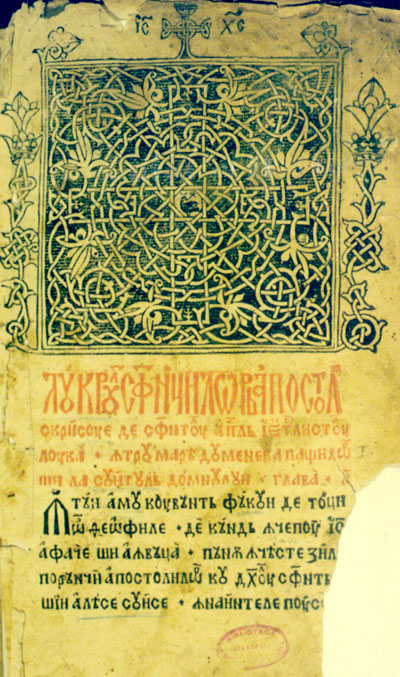Constanța Burlacu, Independent Scholar
The Cyrillic printing tradition particularly reveal how dynamic and vast the cultural exchange was within the area of the three Romanian voivodeships, the Balkan area, and more broadly between southeastern and western Europe. In this context the Romanian territories present a unique case for study. First, the appearance of Cyrillic printing in Wallachia (Târgoviște), which was third after the printing centres of Kraków with Sweipolt Fiol, and Cetinje with hieromonk Makarije, raises questions about the interaction between these three printing centres on the one hand, and the conditions that permitted its foundation on the other. Second, with the passing of time, the printing of Cyrillic books moved to Transylvania, in particular to Brașov, Sibiu, and later Alba-Iulia and Sebeș. Because of the strong bond between this region and Hungary, the printing of Cyrillic books might have been expected to diminish in favour of books related to the Western tradition, yet this was not the case. The way it developed took a peculiar path, that of employing Cyrillic letters both for Romanian and Church Slavonic languages, and of issuing (Orthodox) books under the auspices of representatives of the Protestant churches. This paper wants to analyse further the cultural and intellectual drivers allowing for such dynamics to take place.
Constanța Burlacu earned her DPhil at the University of Oxford. Her project looked at the translation of biblical books (the Psalter text and the Acts of the Apostles) from Church Slavonic into old Romanian. Besides providing a philological analysis of these texts, she worked on the historical and cultural context of the area north of Danube in the 16th-17th century. Her research interests include the circulation of religious books within the territories of Transylvania, Wallachia and Moldavia, their textual tradition, and their connection to the surrounding cultural milieux.
